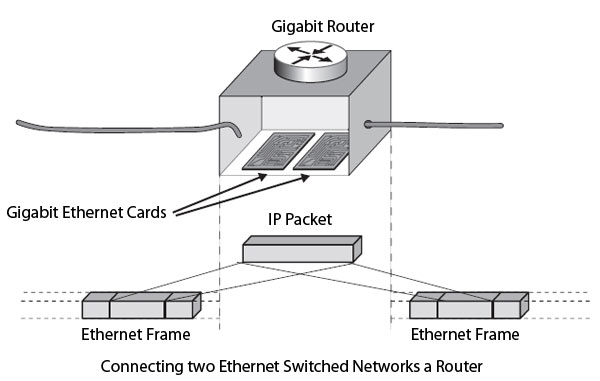- Related articles
- Optical Transceivers for Cisco WS-C2960S-F24TS-L Switch
- Optical Transceivers for Cisco SLM248PT-G5 Switch
- What are optoelectronic devices?
- All Cisco XFP-10GLR-OC192SR's information (List price, Specs, Datasheet PDF, Compatibility
- The Difference between Internal Network Card and USB Wi-Fi
- All Cisco GBIC-BX-D's information (Specs, Datasheet PDF, Compatibility matrix)
- What Is Multiport Network Card
- All Cisco X2-10GB-ZR's information (List price, Specs, Datasheet PDF, Compatibility matrix
- All Cisco DWDM-XFP-48.51's information (List price, Specs, Datasheet PDF, Compatibility ma
- What type of connector does a network interface card use?

Introduction:
In this article we will talk about the 1000BASE-FX Ethernet standard and what are the difference between 1000BASE-FX and 1000BASE-TX, All this just to give you more understanding about 1000BASE-FX technology.
What is the 1000BASE-FX technology?
1000BASE-FX is an Ethernet standard that provides data communication speeds 1000 Mbps and more on optical fiber based networks. 1000BASE-FX is a baseband specification defined in the IEEE 802.3z standard. It may also be called gigabit Ethernet for optical fiber networks.
1000BASE-FX is a physical layer data communication standard. It provides the means for fiber optic local area networks to propagate and enable short- to long-distance network communication on gigabytes of data uploading speeds. 1000BASE-FX can reach a distance of up to 550 yards for small or full duplex multimode fiber coverage, 5,500 yards for long-distance full duplex single mode and 11,000 yards for long haul.

What are the Difference Between 1000BASE-FX and 1000BASE-TX?
1000BASE-FX uses 8B/10B ANSI X3T11 Fiber Channel FC-1 frame encoding, serializer/deserializer (SERDES) and NRZ on the fiber, clocked at 1250 Mbaud. 1000BASE-FX can support a fiber cable length of 500m full duplex on multimode fiber, and of 2-3km full duplex on single mode fiber.
The Telecommunications Industry Association (TIA) created and promoted a standard similar to 1000BASE-T that was simpler to implement, calling it 1000BASE-TX (TIA/EIA-854).[18] The simplified design would have, in theory, reduced the cost of the required electronics by only using two unidirectional pairs (one pair TX, one RX) instead of four bidirectional pairs. However, this solution has been a commercial failure, likely due to the required Category 6 cabling and the rapidly falling cost of 1000BASE-T products.





















































